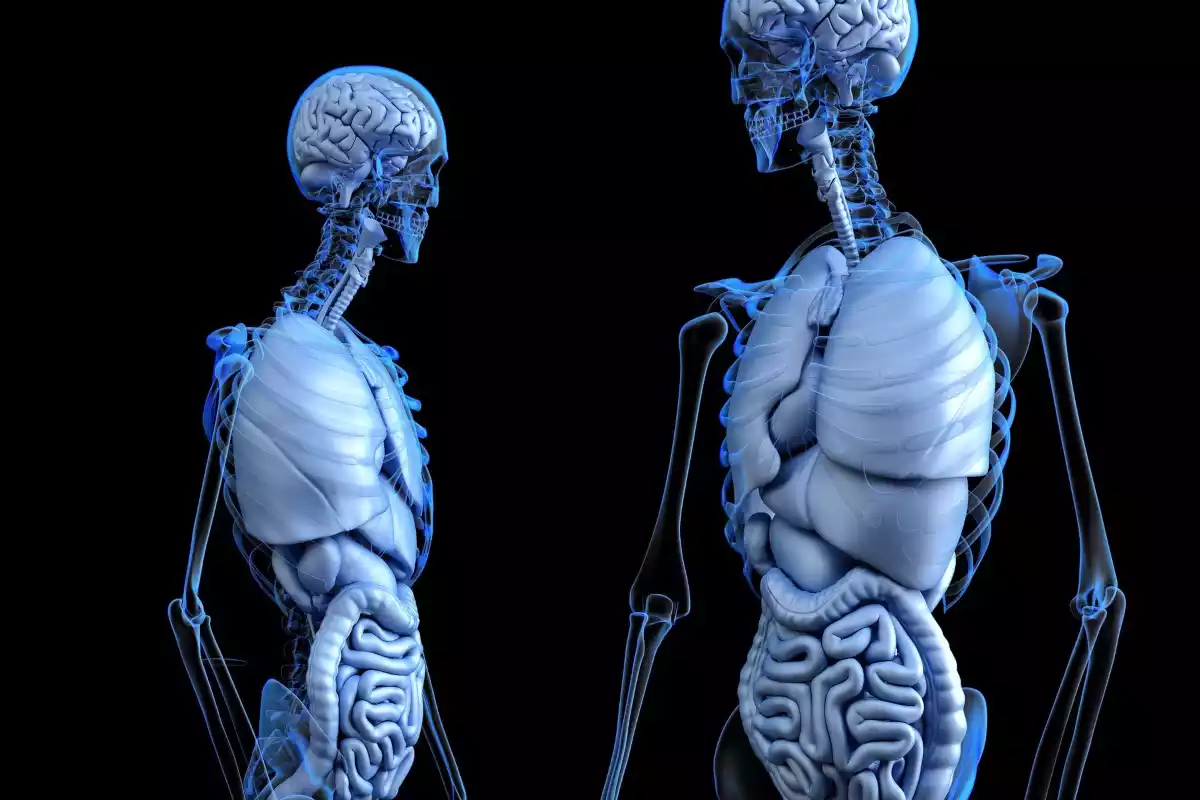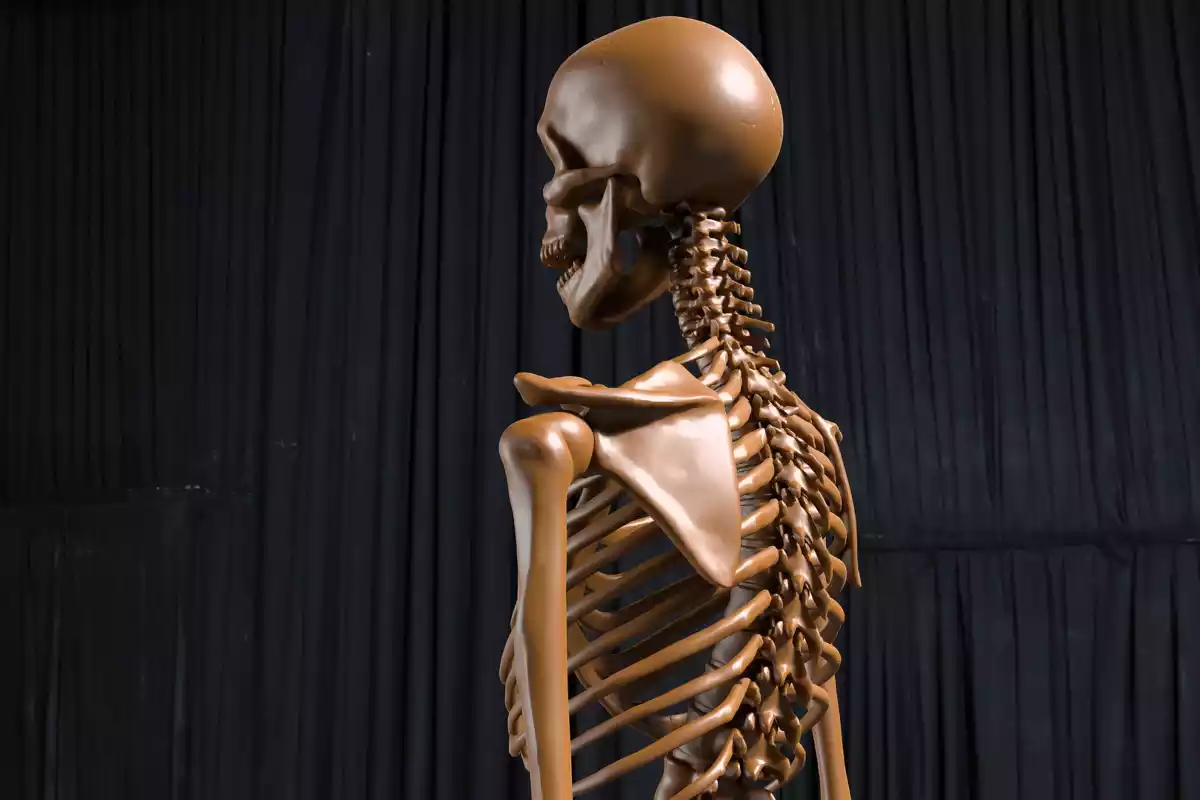Bones are rigid organs that make up the skeleton of vertebrate animals, including humans. Their functions include protecting soft organs, supporting the rest of the body, movement, storing minerals, and producing red and white blood cells. Although if we focus on their composition, there are two types of bones -compact and spongy bone tissue- it is common to classify the types of bones in the human body according to their shape, precisely according to their dimensions and some other characteristics.
The 5 types of bones according to their shape
Bones are divided into five types according to their shape: long bones, short bones, flat bones, sesamoids and irregular bones (a category that includes any bone that does not fit with the criteria that define the above). Let's look at their main differences and some representative examples of each of these types.
Long bones
The differential characteristic of long bones concerning other types of human bones is the presence of diaphysis and epiphyses. The first is the central part of the bone, much longer than wide, while the epiphyses are the ends of the long bones. The diaphysis of the long bones is made up of compact bone tissue (compact bone), while its medullary cavity and other areas of spongy bone tissue contain bone marrow.

The most important long bones of the human body include the humerus, tibia and fibula. These type of bones make up most of the skeletal system of the limbs (including the fingers, formed by long bones although their small size may lead to confusion in this sense).
Short bones
Unlike long bones, the shape of short bones is approximately cubic -that is, none of their faces are much larger than the others. They are only formed by spongy tissue covered by a thin layer of compact bone. The two common examples of short bones in the human body are the tarsus and carpus, the main bones of the ankle and wrist, respectively.
Flat bones
Compared to other types of bones, flat bones stand out because they are thin and generally curved. They are made up of two parallel layers of compact bone and an internal layer of spongy bone tissue. The skull is mainly formed by flat bones: the frontal, occipital and parietal, among others. The ribs, sternum, scapula, and coccyx are other examples of flat bones in the human body.
Sesamoid bones
Sesamoid bones are a type of bone that we can find joined to a tendon and has the function of separating it from the joint, so it allows the movement of the muscle. We find sesamoid bones in the foot and the hand. The patella or kneecap is another excellent example of this type of bone.
Irregular bones
All those bones that aren't of any kind of the ones mentioned above are considered irregular bones. Their shape is complex and irregular, at least, compared to the long, short, flat and sesamoid bones. We can find irregular bones throughout the whole body. We can find irregular bones in the spine (vertebrae), in the skull (like the ethmoid and sphenoid) or the pelvis.
- This article about "The 5 types of Bones" was originally published in Spanish in Onda Salud
References
Clarke, B. (2008). Normal Bone Anatomy and Physiology, Clinical Journal of the American Society of Nephrology, 3 (Suppl 3): S131–S139.
Hall, J. (2011). Textbook of Medical Physiology (12th ed.). Philadelphia: Elsevier.

